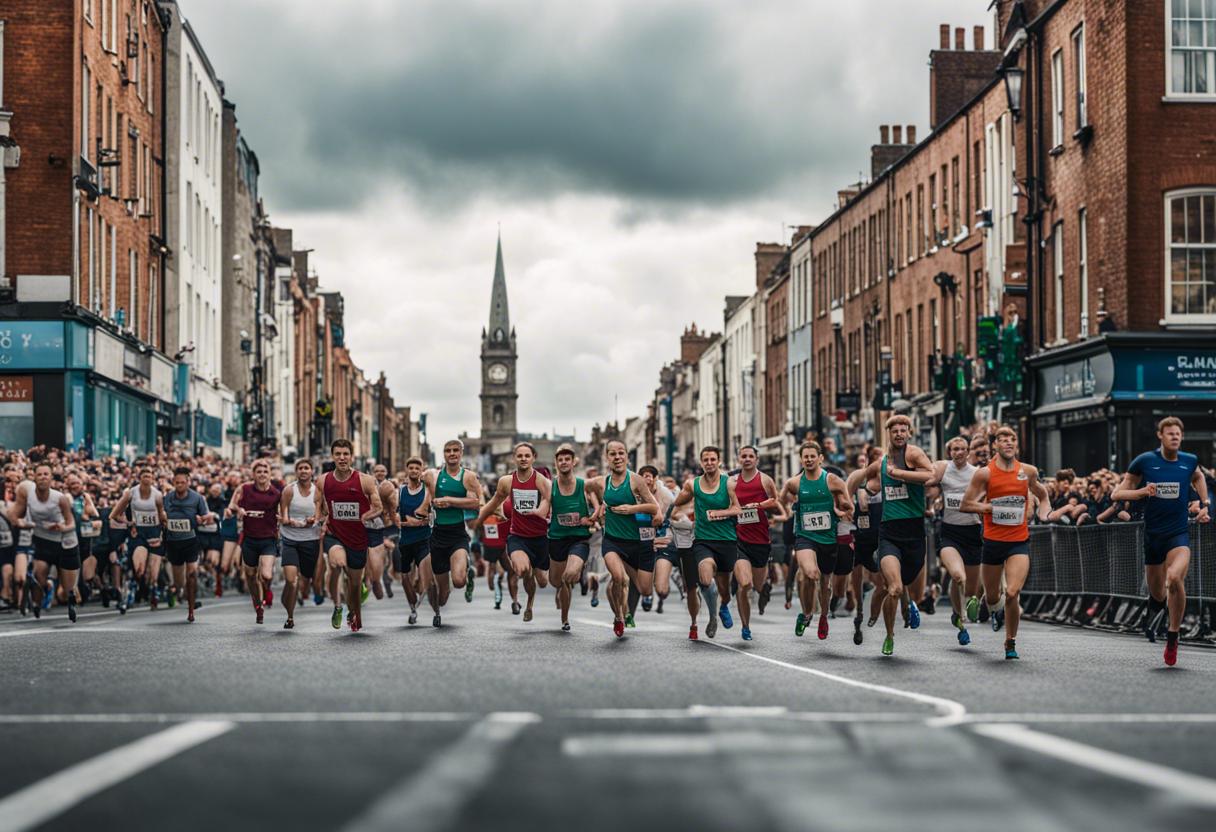Despite the prominence of Raheny Shamrock as one of Dublin’s most successful athletics clubs, evident in their celebration of four Olympians, the club is grappling with growing demand for memberships. This issue is most apparent at the juvenile level, where a significant number of prospective members wait to join due to the scarcity of qualified coaches.
The recent acquisition of a permanent base at St Assam’s Church in the prominent northside village hasn’t made room for substantial expansion. The Raheny flag was proudly showcased in Paris the previous month by three club representatives: Sophie Becker in the 400m and relays, Brain Fay in the 5,000m, and Eric Favors in the shot put. Subsequently, Orla Comerford participated in the Paralympics, bagging a bronze in the T13 100m.
Dave Hooper, a lifelong member and a part of the Raheny committee, acknowledges that local success feeds off the national proficiency in athletics. This success, however, has ushered in high demand that the club finds challenging to meet. The club now has more than 800 members, its largest number yet, including 500 adults and about 300 juveniles.
The main obstacles plaguing the juvenile wing are the coach-athlete ratio and the safeguarding stipulations. There’s a significant shortage of volunteer coaches to meet these needs. Newcomers in juvenile coaching must first undertake Garda safeguarding, followed by attaining coaching badges. Athletics Ireland mandates a ratio of one coach to every ten athletes; a guideline that creates problems particularly in the under-12 and under-13 categories, where the waiting list reaches approximately 30. The waiting list begins to dwindle after these age groups.
The sports infrastructure in Dublin, particularly for athletics clubs, seems to be encountering a difficult situation. In past times, the waiting list has reached up to 60 aspiring athletes and, while efforts have been made to bring this number down, it seems likely that the figure will remain around 30 for the foreseeable future. This is due in part to the general lack of athletics clubs in the city.
The coaching situation is quite parallel to that seen in team sports like Gaelic games and football, with a rough ratio of one coach for every 10 young participants. Local sports clubs are usually accepting of parental involvement, with Athletics Ireland offering an entry-level coaching course that sees an acceptance rate of 95% by clubs. Having a parent possessing this coaching badge gives their children immediate entry. A successful summer camp to generate interest was held a week before the Olympics, but the disappointments linger when children are turned away due to a full house.
The sports club, established in 1958, has been operational from an antiqued schoolhouse in the village since 1969. With the recent acquisition of a new clubhouse at St Assam’s Church in July, the club now has the opportunity to carry out some enhancements. This achievement came about after dedicated fundraising efforts spanning over three decades by club members.
The club’s future plans are due to be revealed soon, with proposals for a high-performance gym included. A noteworthy challenge the club faces is its shared use of the Morton Stadium in Santry alongside DCU and Clonliffe, which limit the club’s offerings. The club has aspirations to have its own athletic track somewhere in the northern part of Dublin, given the current base is three to four miles away which is less than ideal for young athletes. This would be a significant achievement for the club.

